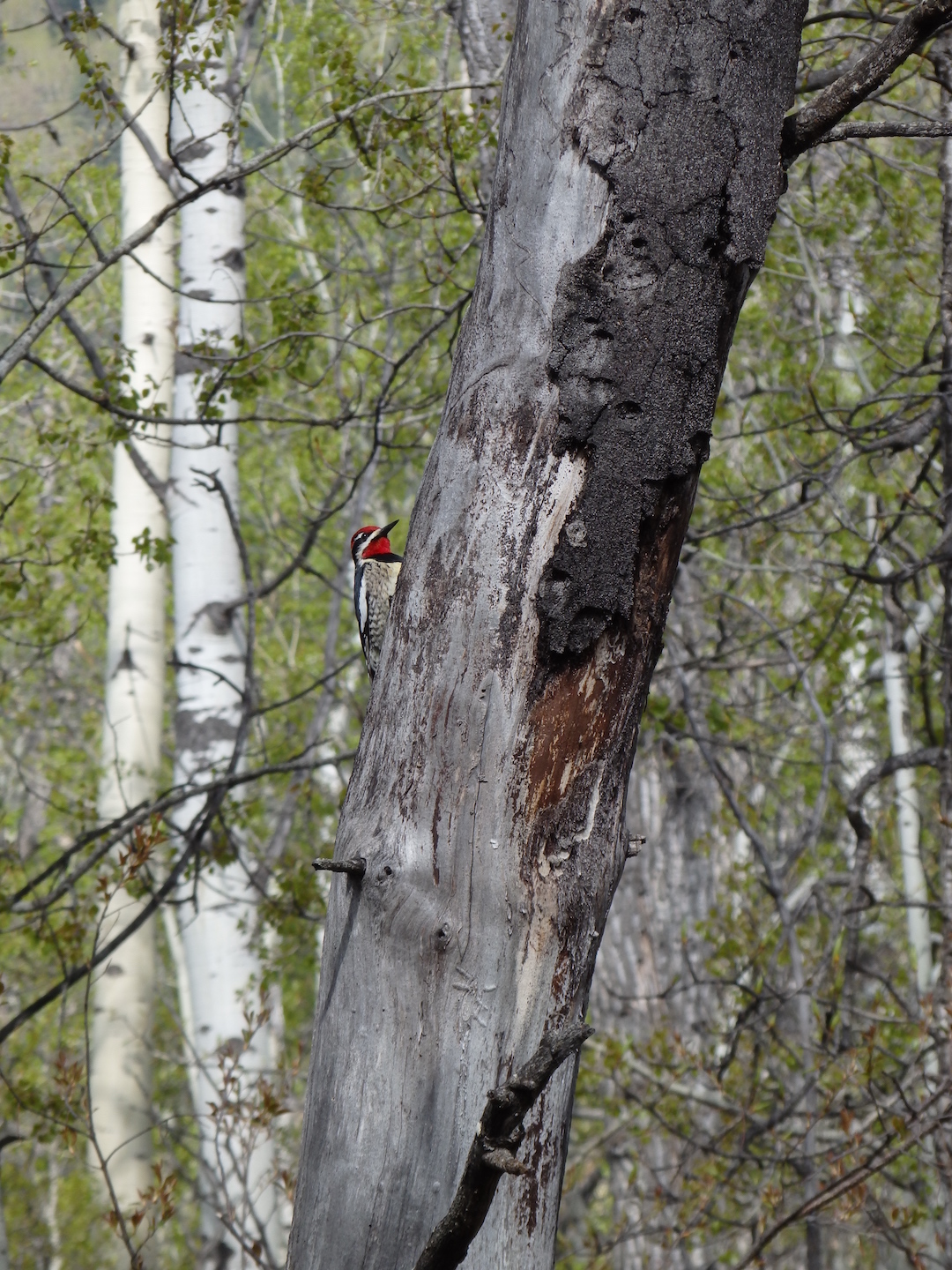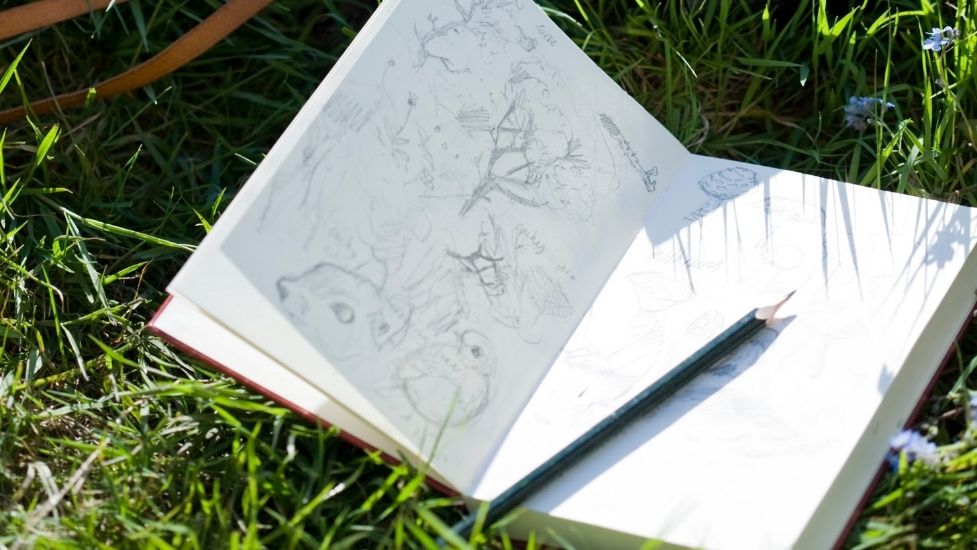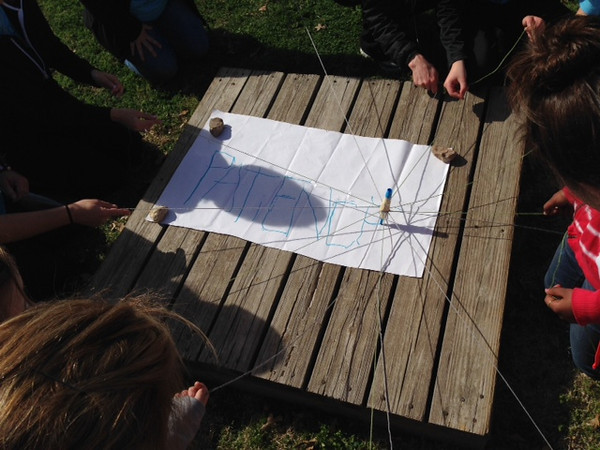Listen to some real bird calls and identify Canadian birds
PURPOSE
Students will:
- know that each species usually has two or more distinct songs;
- learn what birdsongs mean to other birds; and
- learn to identify some local birds by their songs.
GRADE LEVELS
7-12
TIME NEEDED
60 minutes

Curriculum LINKS
Science 7, Unit A Interactions & Ecosystems
Science 9, Unit A Biological Diversity
Science 20, Unit D Changes in Living Systems
Biology 20, Unit B Ecosystems and Population Change
Biology 30, Unit D Population and Community Dynamics
MATERIALS NEEDED
5-10 recordings of select birds from the xeno-canto website.
Instructions
In spring, the main purpose of a bird’s song is to stake out territory and to attract a mate. A male bird starts by marking out the invisible borders of his territory—then defends those borders from other birds of the same species with his song. To them, the song clearly means “No trespassing, Buster!” The male chooses a singing spot where he can be heard clearly, such as a treetop or a post.
Once he’s mapped out his territory, the male does his best to attract a mate. He uses his bright feathers, a special dance, or a song, or sometimes all three, to woo the female. The male’s song probably conveys details about his size, health, and social status to tempt a female—but there is much we don’t know about birdsongs.
A great way to identify birds is by learning their songs. Each species usually has two or more songs. With practice, the variations and general patterns can be recognized by a sharp-eared ornithologist. Sometimes people remember songs by creating words to fit the sound. For instance, a white-throated sparrow seems to be saying “I love Canada, Canada, Canada.” Students can make up their own words to birdsongs.
- Use the website xeno-canto to find 5 different bird calls in your region.
- Use the advanced search feature to find bird calls in your province/city as shown in the image below
- Choose eight or ten songs of common birds in your area. Play each several times for students. Name each species and hold up its photograph while its song is playing.
- After each song is played, have students discuss the quality of the song: Is it musical, harsh, or bubbly? What words match the song?
- When students are familiar with the songs, play them again without using the bird images. Have students call out their answers.
Here is a list of some Canadian birds and their calls to get you started:
Canada Jay/Grey Jay
Canada Goose
Burrowing Owl
Dark-eyed Junco
Great Horned Owl
More Bring Nature Home for Teachers
Bring Nature Home is our online database of tried-and-tested CPAWS Southern Alberta activities! Here are some ways that you can bring nature home (or to the classroom) today!

Nature Observations

How do species become extinct?

